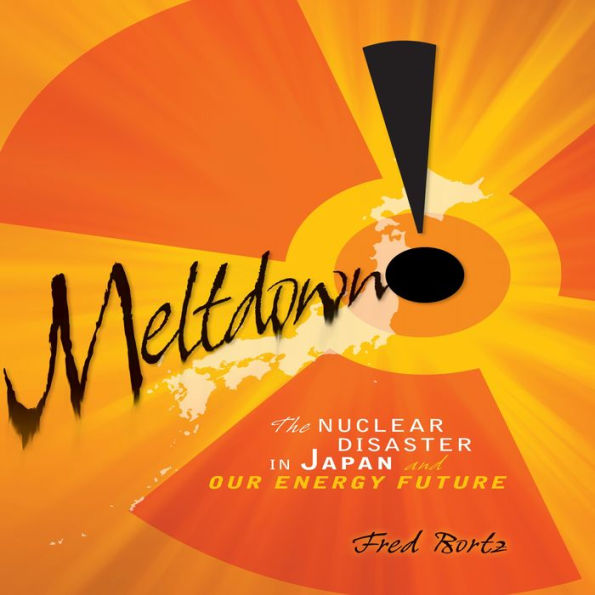"In this book, the orange-alert color scheme, frequent use of adaptations of the radiation symbol, and abundance of exclamation marks give a first impression of urgency. Soon, though, the reader is able to calm down and realize that this thin book is packed with facts necessary to make informed choices, and there is no need to panic. The subtitle serves as an overview of the book. The recounting of the disaster in Japan is a compelling opening for adiscussion of available energy sources. The step-by-step sequence of events, from earthquake to tsunami to nuclear emergency, leads into the power choices to be made now and in the future, with benefits and drawbacks explored.
Besides the table of contents and index, there is also a brief glossary and a list of source notes organized by page number, but not footnoted in the text. A selected bibliography is included, as well as a further reading booklist and a short list of websites. Free educational resources are available for download at a companion publisher website." --VOYAJapan. March 11, 2011. 2:46 P.M. The biggest earthquake in Japan's history-and one of the world's five most powerful since 1900-devastated the Tohoku region, 320 kilometers (200 miles) northeast of Tokyo. It triggered a huge tsunami that left crippling damage in its wake. More than 13,000 people drowned, and thousands of buildings and homes were reduced to rubble.
As people assessed the damage, they made the most frightening discovery of all: the Fukushima #1 nuclear power plant was seriously damaged and three of its six reactors were heading for meltdowns. Workers tried desperately-but unsuccessfully-to save them. Explosions and fires released radioactivity into the air. Within days the Japanese government declared a 20-kilometer (12-mile) evacuation zone. The future of the plant, the long-term health of those exposed to radiation, and the effects on the environment remained uncertain.
Learn more about this massive catastrophe as Dr. Fred Bortz examines both the human tragedy and the scientific implications of the nuclear meltdown. Compare this disaster to similar nuclear events in the United States and in Ukraine, and move ahead with Dr. Bortz as he explores the global debate about the future of nuclear power and alternative sources of energy.
Japan. March 11, 2011. 2:46 P.M. The biggest earthquake in Japan's history-and one of the world's five most powerful since 1900-devastated the Tohoku region, 320 kilometers (200 miles) northeast of Tokyo. It triggered a huge tsunami that left crippling damage in its wake. More than 13,000 people drowned, and thousands of buildings and homes were reduced to rubble.
As people assessed the damage, they made the most frightening discovery of all: the Fukushima #1 nuclear power plant was seriously damaged and three of its six reactors were heading for meltdowns. Workers tried desperately-but unsuccessfully-to save them. Explosions and fires released radioactivity into the air. Within days the Japanese government declared a 20-kilometer (12-mile) evacuation zone. The future of the plant, the long-term health of those exposed to radiation, and the effects on the environment remained uncertain.
Learn more about this massive catastrophe as Dr. Fred Bortz examines both the human tragedy and the scientific implications of the nuclear meltdown. Compare this disaster to similar nuclear events in the United States and in Ukraine, and move ahead with Dr. Bortz as he explores the global debate about the future of nuclear power and alternative sources of energy.

Meltdown!: The Nuclear Disaster in Japan and Our Energy Future

Meltdown!: The Nuclear Disaster in Japan and Our Energy Future
FREE
with a B&N Audiobooks Subscription

Editorial Reviews
Product Details
| BN ID: | 2940171796082 |
|---|---|
| Publisher: | Lerner Publishing Group |
| Publication date: | 01/01/2017 |
| Series: | Nonfiction - Young Adult |
| Edition description: | Unabridged |
| Age Range: | 12 - 17 Years |
Videos

